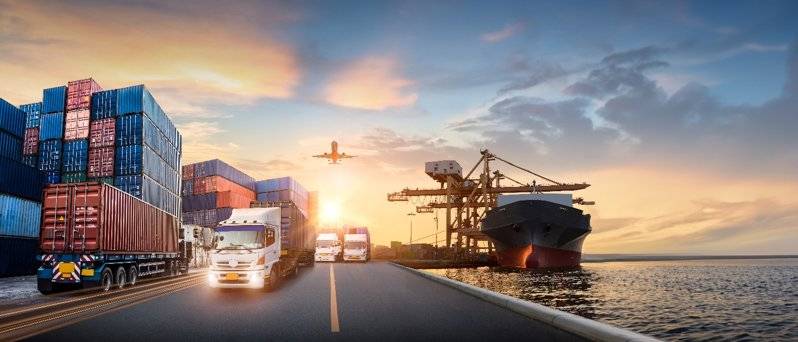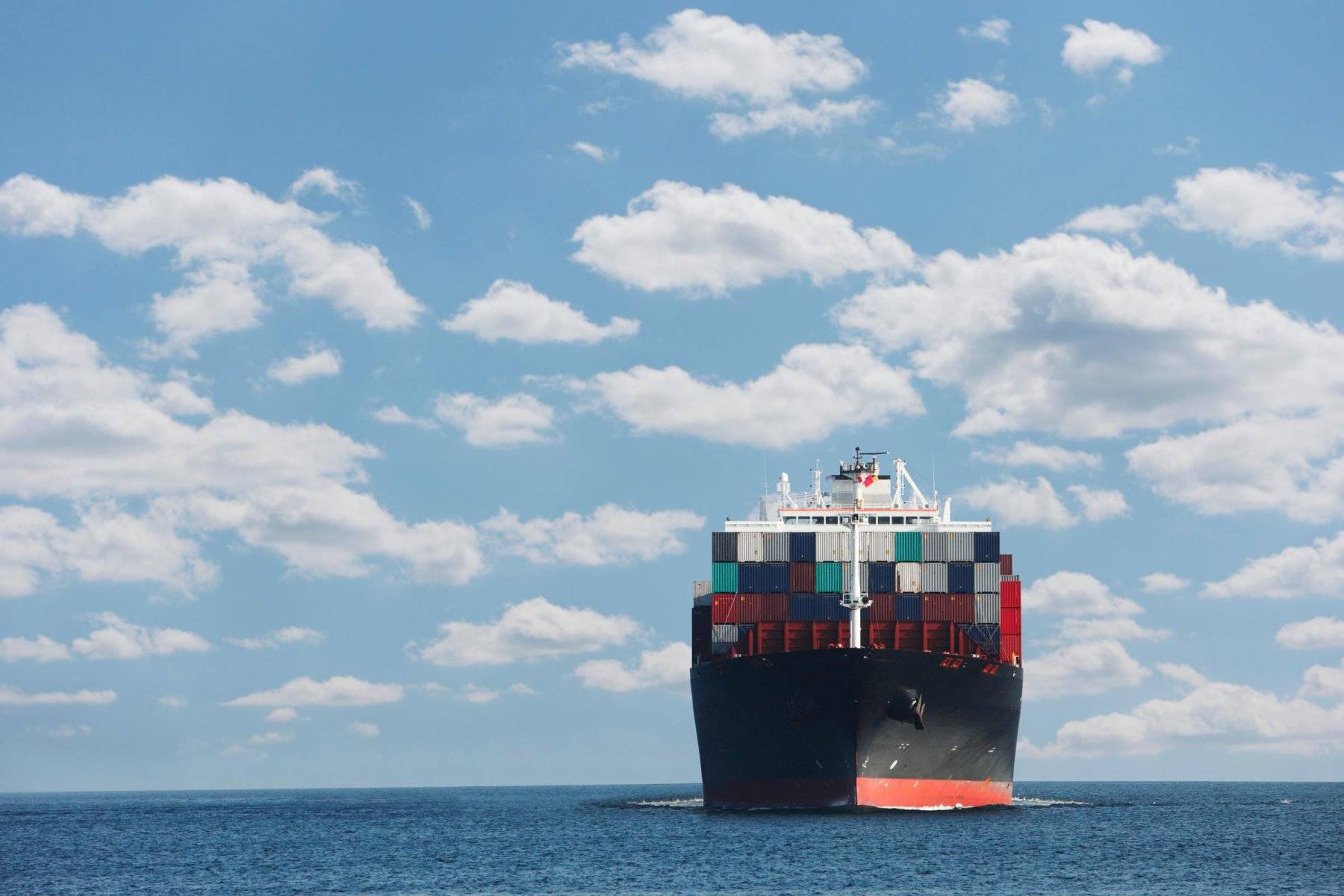The landscape of supply chains is evolving at an ever-increasing pace after what many considered a slow start, guided by innovation and digital transformation.
In this article, we present an updated exploration into the future of supply chains to watch, highlighting how advanced technologies such as AI, ML, and IoT are revolutionizing the logistics industry.
This digital transformation in logistics is not just about keeping pace; it's about making significant leaps towards smarter, more efficient processes that anticipate and navigate challenges with agility.

1. Digital Transformation Driving Efficiency
The digital transformation in supply chains is powered by AI, ML, and IoT, moving far beyond buzzwords to fundamentally alter operational dynamics.
AI and ML are enhancing predictive analytics, enabling smarter, quicker decision-making by analyzing vast datasets for demand forecasting. IoT technology brings unprecedented visibility into the supply chain, offering real-time tracking and optimizing logistics.
This digital shift is crucial for staying agile in the face of geopolitical changes and achieving sustainability goals. In essence, these technological advancements allow organizations to stay nimble amidst geopolitical shifts while balancing long-term investment goals for holistic digital ecosystems—a must-have strategy, as reported by over 90% of organizations adopting new tech solutions last year.
2. Futuristic Logistics with Autonomous Vehicles and Drones
The future of delivery is here, with autonomous vehicles and drones transforming logistics. Companies like Amazon are at the forefront, using these technologies to improve delivery speed and reliability.
This shift promises to reduce urban congestion and lower carbon emissions, marking a significant step towards sustainability. Overcoming regulatory and safety challenges is key to unleashing the potential of these technologies for streamlined supply chain operations.
3. Blockchain for Secure, Transparent Supply Chains
Another supply chain industry trend gaining attention is blockchain technology. Blockchain technology is making waves by enhancing security and transparency in supply chains. With its decentralized ledger, blockchain records transactions in a way that is nearly tamper-proof, offering a revolutionary approach to data exchange and goods tracking.
The role of blockchain technology is especially valuable in combating counterfeit goods and ensuring compliance, paving the way for more secure, efficient supply chain operations. Imagine being able to trace back a defective product not just to its factory but down to the exact batch and materials used. Blockchain can deliver this level of pinpoint accuracy. The recent Market Research Future Report highlights blockchain's growing influence in streamlining operations across global supply chains—a testament to its rising importance, which is set to continue this year.

4. Electrification of Fleets Embracing Sustainability
The push towards electric vehicles (EVs) is gaining momentum as businesses strive to meet ESG goals and embrace sustainability. Leading companies are investing in EV technology to reduce emissions, lower operating costs, and stay competitive in an eco-conscious market. Fleet electrification represents a critical shift in transportation strategies within supply chains, emphasizing the importance of adopting green technologies. Leading the shift in approach to transportation within supply chains are companies like Volvo and Nissan with innovative EV solutions that promise not only environmental benefits but also operational efficiency.
5. Innovations in Warehousing with Robotics and Automation
Robotics and automation already seem futuristic to most when we look at the warehouse operations of today. Introducing efficiencies that extend beyond labor replacement, the latest Automated Storage and Retrieval Systems (ASRS) optimize space use, while Robotic Process Automation (RPA) enhances productivity by taking over repetitive tasks. These technologies not only improve operational efficiency but also reduce errors, highlighting the shift towards digital, flexible warehouse environments.
Leveraging the vertical dimension, storage facilities significantly amplify their capacity without expanding horizontally, mitigating the sprawl of vast warehouse landscapes. This smart use of space is crucial, as Boston Dynamics shows us how robotics can navigate these high-density areas with ease.
Navigating the Future with Data Analytics and Sustainability Initiatives
In addition to these trends, leveraging data analytics for strategic decision-making is crucial. By effectively analyzing data, businesses can optimize routes, reduce emissions, and make informed decisions that bolster efficiency and sustainability. The move towards integrating AR and VR for training enhances operational skills in a risk-free environment, further empowering the workforce.
As we continue to monitor future trends in supply chain management this year, it's clear that embracing these technological advancements and sustainability initiatives is not optional—it's essential for continued success in the logistics industry.
These trends are defining the blueprint for future innovation and growth in the supply chain industry. By staying informed and adaptable, businesses can position themselves at the forefront of innovation, ensuring resilience and competitive advantage as we move forward.
Stay up-to-date on the latest SeaRates innovations and recent logistics trends with our weekly updates and monthly development releases, which will tell you how SeaRates is utilizing these transformative trends. We aim to deliver insights and strategies to help our customers navigate the complexities of tomorrow's market.

